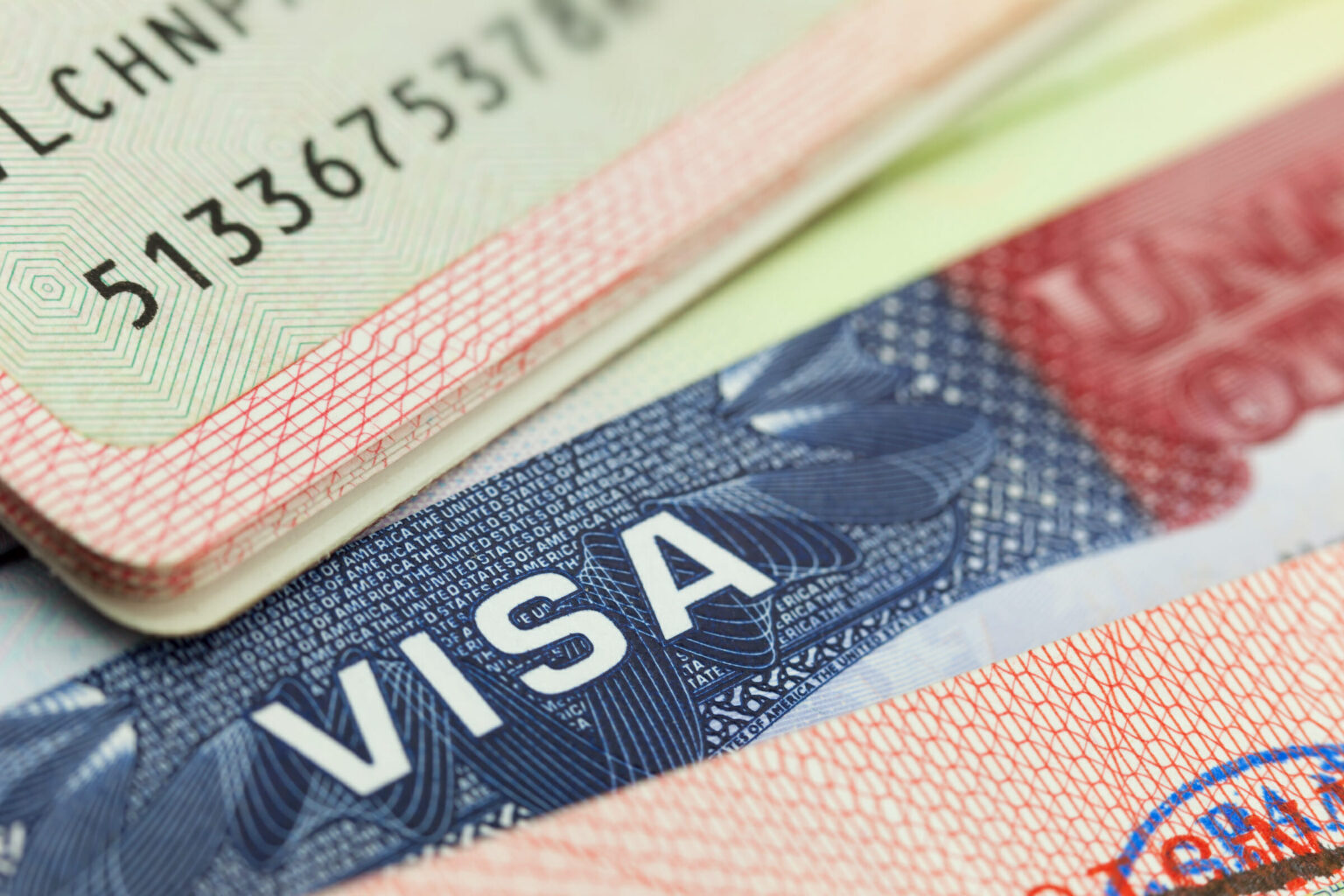Understanding derivative visas
Derivative visas are typically granted to family members or dependents of a primary visa holder, allowing them to accompany or join the primary visa holder in the United States. These visas are generally linked to the status of the primary visa holder and are granted based on their relationship to the primary visa holder.
For example, if someone receives a H-1B visa to work in the United States, their spouse and unmarried children under the age of 21 may be eligible to obtain derivative visas (in this case, H-4 Visa) to accompany them and live in the United States. Derivative visas of this type are generally limited to spouses and unmarried children under the age of 21. But what if your family or home is different? This is where the B-2 visa classification for “household members” comes into play.
B-2 Classification of household members
Generally, the B-2 Visa is a nonimmigrant visa intended for temporary visitors to the United States for tourism purposes. It is commonly used when traveling, visiting family or friends, attending social events, or receiving medical treatment.
However, in some cases, the B-2 classification may also be used for “household members” of long-term nonimmigrant visa holders who are not eligible for a derivative status visa.
The Foreign Affairs Manual (FAM), which outlines the rules and procedures that guide the Department of State, includes special provision for individuals such as cohabiting partners, extended family members, and other household members who do not are not eligible for derivative status. According to the FAM, “the B-2 classification is appropriate for aliens who are members of the household of another alien with long-term nonimmigrant status, but who are not eligible for derived status under the visa classification of this stranger. » In this case, long-term nonimmigrant status refers to certain work visas (such as H-1B And L-1), as well as the F-1 Student Visa.
Define a household member
Examples of household members include elderly parents, cohabiting partners, or even parents of F-1 student visa holders who are minors. In order to be considered an eligible household member, the applicant will need to prove that they live in the same household as the primary visa holder and have a close relationship. Roommates or more casual relationships/friendships are generally not considered household members under the B-2 classification.
How long can a household member stay in the United States on a B-2 visa?
Under the FAM provision, members of a B-2 household may be admitted to the United States for up to one year, which is longer than the usual six-month period granted by Customs and Protection. (CBP) at a US port of entry. After this initial period, the person can request an extension in six-month increments.
Important:
The B-2 visa is a non-immigrant classification. Like all B-2 visa holders, B-2 household members must prove that their stay in the United States is only temporary and that they intend to return to their country of origin. Even if the primary visa holder intends to immigrate to the United States, the B-2 household member must still demonstrate non-immigration intent.

